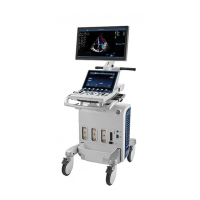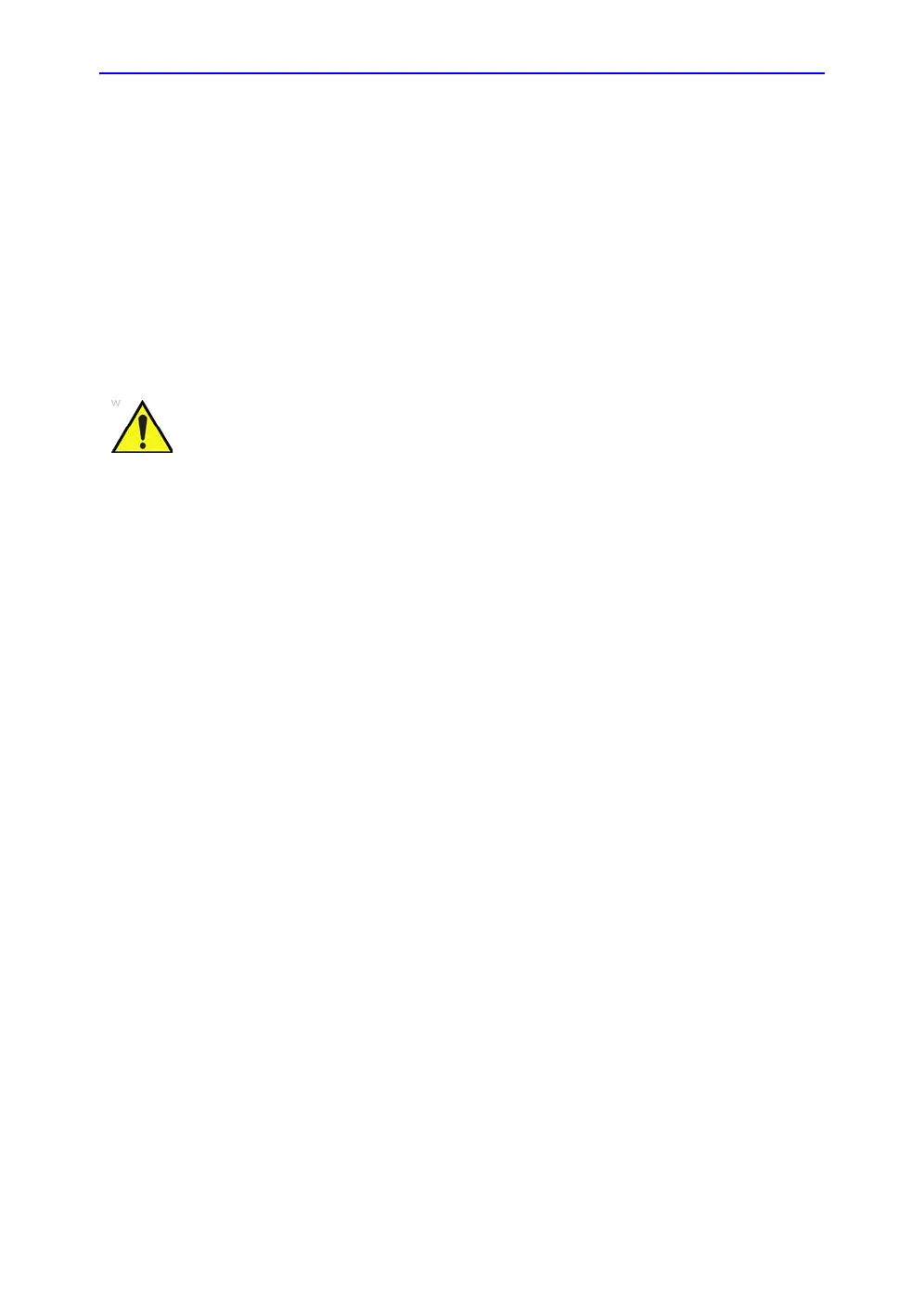Stress Echo
7-20 Vivid S70 / S60 – User Manual
BC092760-1EN
01
Quantitative TVI Stress echo
analysis
The ultrasound system provides a Quantitative TVI (QTVI)
Stress analysis package based on Tissue velocity information
(TVI). The TVI data is stored in a combined format with grey
scale imaging during stress examination.
When selecting a template supporting TVI data acquisition, the
ultrasound system will automatically store TVI information,
generally for the apical views of the stress examination.
The QTVI Stress analysis option currently applies only to
Dobutamine stress-echo.
Wall Motion Scoring remains the basis for the diagnosis of CAD
in stress echocardiography. QTVI Stress may be used as a
guidance tool to check this interpretation.
The current version of QTVI Stress is based on the assessment
of peak velocity at peak Dobutamine stress (see reference 1 on
page 7-25). The normal ranges have been validated in the
“average” patient presenting for stress testing. The velocity
cutoff values for the Vpeak measurement will not work in the
following cases:
• Submaximal stress (<85% predicted max HR)
• Patients at extremes of age (<40 or >70)
• Previous myocardial infarction / revascularization
• Previous heart-failure / cardiomyopathy / hypertrophy /
arrhythmia / aortic regurgitation
The velocity cutoff values are based on placing the sample
volume at center of each cardiac segment at start of systole, the
left ventricle myocardial segments are defined by the American
QTVI Stress analysis is meant as a guide to wall motion
scoring.
Diagnosis must not be based on results achieved by QTVI
Stress analysis only.

